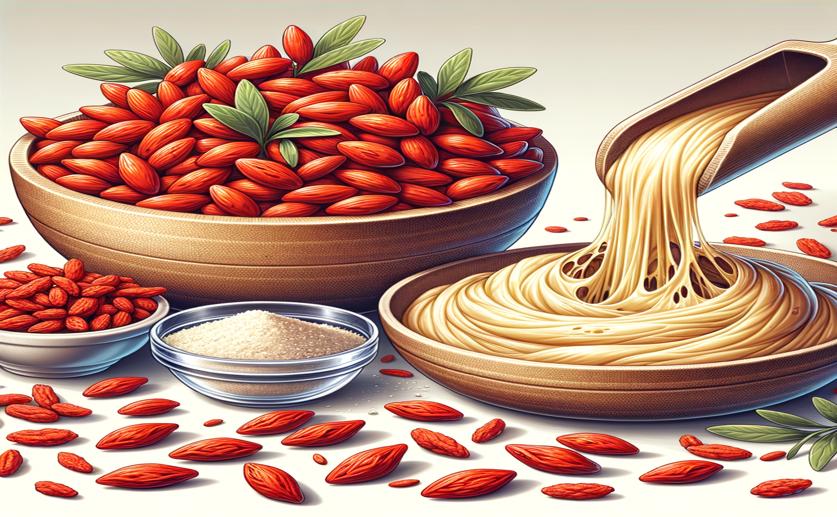
Goji Berry Pulp Addition Enhances Dough Quality and Gluten Structure
Jenn Hoskins
17th September, 2024

Image Source: Natural Science News, 2024
Key Findings
- Researchers at Hefei University of Technology found that adding 5% Lycium barbarum pulp (LBP) to dough significantly improved its performance
- LBP addition promoted gluten protein aggregation, enhancing dough elasticity and structure
- The dough with LBP showed better water binding, delayed starch gelatinization, and improved stability and texture
References
Main Study
1) Lycium barbarum pulp addition improves the dough properties and gluten protein structure.
Published 30th October, 2024 (future Journal edition)
https://doi.org/10.1016/j.fochx.2024.101773
Related Studies
2) Rice starch citrates and lactates: A comparative study on hot water and cold water swelling starches.
3) Physicochemical properties and gluten structures of hard wheat flour doughs as affected by salt.
4) The effect of chitosan oligosaccharides on the shelf-life and quality of fresh wet noodles.
5) Effect of grape seed power on the structural and physicochemical properties of wheat gluten in noodle preparation system.



 2nd June, 2024 | Jenn Hoskins
2nd June, 2024 | Jenn Hoskins